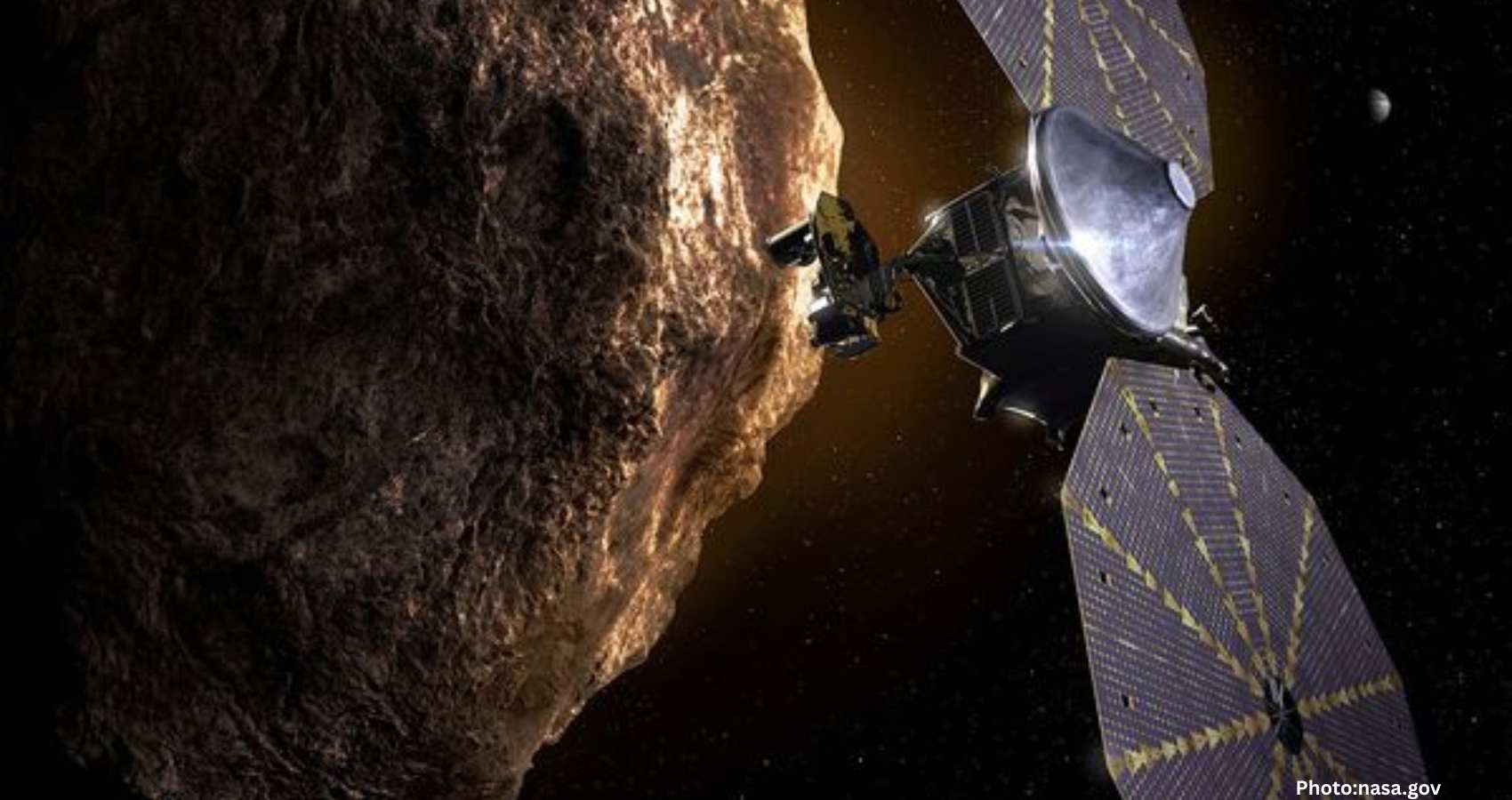India successfully launched the world’s most expensive Earth-observation satellite, a $1.5 billion joint project with NASA, marking a significant milestone in international space collaboration.
After over a decade of development, NASA’s science leadership traveled to India this week to witness the launch of the NASA-ISRO Synthetic Aperture Radar (NISAR) satellite. This marks the most expensive Earth-observation satellite project to date, with a price tag of $1.5 billion. The satellite successfully launched into orbit on Wednesday aboard India’s Geosynchronous Satellite Launch Vehicle, a medium-lift rocket.
The NISAR mission is designed to observe Earth’s land and ice surfaces from a Sun-synchronous orbit located 464 miles (747 kilometers) above the planet. The satellite will gather crucial data from these surfaces, including the polar regions, twice every 12 days. This data collection is expected to provide valuable insights into how various terrestrial surfaces change over time, including the impact of climate change.
The satellite’s main innovation lies in its combination of two synthetic aperture radar instruments. NASA has contributed the L-band radar, which is particularly effective at measuring soil moisture, forests, and the movements of land and ice surfaces. ISRO’s contribution, an S-band radar, excels at monitoring agricultural changes, as well as grassland and human-made structures.
Although synthetic aperture radar technology has been under development by NASA and other space organizations for decades, the NISAR spacecraft is one of the first missions to integrate two different radar bands on a single platform. This integration provides a more comprehensive real-time view of changes occurring on Earth’s surface.
Following the successful launch, the spacecraft will enter a three-month commissioning phase. During this period, the NISAR satellite will deploy a large antenna reflector measuring 39 feet (12 meters) in diameter. The reflector will be responsible for sending and receiving microwaves, enabling the satellite to accurately measure surface changes.
The mission’s collaborative nature and significant budget make it notable. Earth observation missions usually cost less due to lower requirements for deep-space durability. For NASA-Isro, however, this is their most complex and costly collaboration to date. The success of this partnership could pave the way for future cooperative projects such as the Artemis program.
V. Narayanan, chairman of the Indian space agency, expressed enthusiasm for the mission’s capability to study Earth’s dynamic land and ice surfaces with unprecedented detail. “With this successful launch, we are at the threshold of fulfilling the immense scientific potential NASA and ISRO envisioned for the NISAR mission more than 10 years ago,” he said.
The agreement between NASA and ISRO to design and develop the satellite was signed on September 30, 2014, with an initial launch target set for 2024. Missing this target by less than a year is considered a respectable achievement by both space agencies.
Following the successful launch, NASA Acting Administrator Sean Duffy took to social media site X to celebrate the event. In his post, however, Duffy mistakenly credited former President Donald Trump with facilitating the mission’s success. “The mission is a joint U.S.-India effort, negotiated by President TRUMP,” Duffy wrote. “Thanks to his LEADERSHIP & our friends at @ISRO, @NASA is Making Space Great Again!” However, Trump’s presidency began nearly two and a half years after the initial negotiation between NASA and ISRO.
Despite the factual inaccuracy, Duffy’s acknowledgment of the mission’s importance—even amid proposed cuts to NASA’s science programs during Trump’s administration—could serve as a reminder of the value of such projects in understanding Earth’s changing environment.

